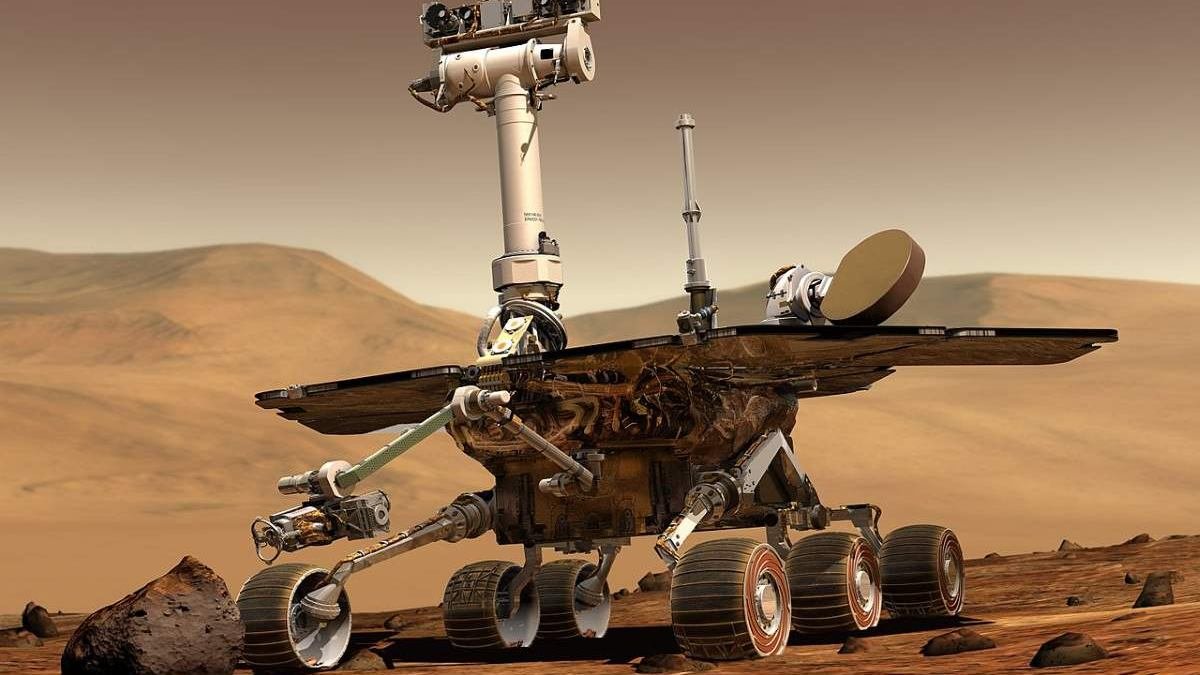Driving Lessons On Mars
Until the martian atmosphere’s been terraformed, we’re not conducting driving lessons on Mars. Scientist’s best guess for a breathable atmosphere, suitable for human life is anywhere between 1000 years to 10 million years away.
Good things come to those who wait but 10 million years may be a little long for anyone to wait to drive!
Pass Me Faster recommends getting your driving license on Earth and leaving the driving on Mars to the scientists………
and the Martians!
What Are The Boffins Up To
Uninhabitable martian atmospheres may have stopped us from driving on Mars but just look at what the boffins have been doing!
First Car On Mars
The first vehicle to drive on Martian soil was the Mars Pathfinder. After launching on December 6th, 1996, and following a 7-month long space flight, pathfinder touched down on Mars on 4th July 1997. It carried a series of instruments to analyze the Martian atmosphere and climate.
It looks like they made it pretty cheap. I remember making Meccano, lego technic hybrid cars when I was little that looked a bit like Pathfinder. Mine didn’t go to Mars it just mooched about crashing into things.
The pathfinder mission was famous for its low-cost budget under the motto ”cheaper, faster, better”.
Initially, the mission was for the robot to only transmit for a week but exceeding all expectations, it soldiered on for another three months.
Pathfinders Findings
- Evidence of flowing water many years ago. Rounded pebbles like you find at the beach were found, suggest the now frozen water on Mars was once liquid
- Water also leeched out of the planet’s crust causing a covering of a magnetic material called maghemite to form on surface rocks.
- Confirmation of the exact point of the Mars’s pole of rotation and the total radius of the planets metallic core
- Early morning ice clouds
- Fluctuations in temperature in the morning. Possibly caused by heat convecting up from small eddies
- Evidence of wind. Dust devils were seen and frequently measured by its temperature, wind, and pressure sensors
So What’s Going On Now
At the moment social distancing for driving schools on earth (apart from key workers) is still in place. But what about Mars?
Scientists Driving From Home
A car-sized rover named ”Curiosity” was sent to Mars back in November 2011. The vehicle after its 350 million mile journey touched down on Mars on August 6th, 2012. Its goal – to investigate the Martian climate and geology. In particular, search for conditions favorable to sustain microbial life and also planetary habitability.
Tackling Corona Problems
NASA, standing on a moving surface, landed a rocket on another moving surface 350 million miles away, within a MILE of what they aimed at – a raging pandemic isn’t going to put a stop to their mission!
Due to the available space on Mars, NASA is still conducting their driving practice during the pandemic. However, the drivers have been following social distancing guidelines. Since March 20th, 2020 the operators have been working remotely from home. Above is a picture of one of their employee’s sat at her control station. Pretty cool isn’t it!
Adapting quickly to their new way of working, the team has already had lockdown success. Thanks to advanced planning and pandemic work chat channel system in place, the team is steaming ahead. They’ve already (during home isolation) captured a sample of Martian rock by steadily maneuvering their vehicle and drilling into rocks and boulders on the planet’s surface.
Sounds like parallel park and bay park would be no problem for these guys!
Just like the movie ”The Martian” starring Matt Damon (great film) – Classic textbook NASA says –
What Are There Plans For The Future
The next vehicle (pictured) scheduled to drive on Mars is called Perseverance. All going well, NASA hopes to launch sometime this year (2020). The date of launch has been dropped back a little, now scheduled for 20th July 2020.
The missions main focus is on astrobiology.
Perseverance will be looking into the potential for life on Mars. Taking steps to not only seek out signs of previous habitable conditions on Mars from the past but also past microbial life itself. Perseverance introduces a new drilling technique that can cut down into deeper layers of rock and collect them for a later date. Future missions could pick up this rock and return it to earth for testing.
The mission also plans to look at gathering information to aid in the challenges facing future human expeditions to Mars. Developing methods of producing oxygen from the atmosphere and characterizing potential weather conditions that could affect future manned missions to Mars.
Although the DVSA has yet to set up a test center on Mars, it’s great to find out that driving has already begun on the red planet. Who knows, one day an examiner may be walking to your car with a marking tablet and a spacesuit!
